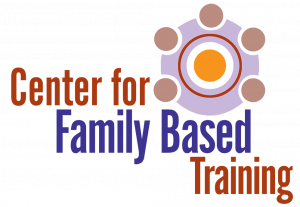The first stage of treatment in ESFT is Creating the Therapeutic System. It is all about establishing working relationships with family members and, as needed, extended family members and other professionals in the community. This course describes in detail the four clinical tasks comprising this treatment stage. These tasks include: 1) orienting families to ESFT and explaining how it works, 2) using the ecomap to identify important people to include in treatment, 3) cultivating the therapeutic alliance, and 4) gaining buy-in and engaging family members in treatment. Successful completion of these four treatment tasks requires therapists to adopt a relational, collaborative approach to working with families. This course demonstrates how to employ "partnership talk" with families to create a collaborative treatment context and to solidify working relationships within the therapeutic system.
2.0 CE Hours
- Teacher: C. Wayne Jones, PhD
The primary objective of this course is to define and describe the nature of a therapeutic alliance in family therapy and explain why it is so critical to successful outcomes. Friedlander, Escudero, and Heatherington's empirically-based SOFTA model for understanding and assessing the strength of the therapeutic alliance is described in detail as it relates to intensive, in-home services. This model includes four relationship dimensions, which include a sense of safety, an emotional connection or emotional bond, a sense of being contributing partners, and a sense of shared purpose. This course describes how to use individual subsystem work with caregivers and youth to develop balanced therapeutic alliances with all family members.
2.0 CE Hours
- Teacher: C. Wayne Jones, PhD
The experience of emotional safety is a key component of a therapeutic alliance in family therapy, particularly when working with family members who have trauma histories, like those typically treated in intensive, in-home programs. This course describes five therapist actions, that if enacted each session, leads to a sense of safety for both children and their caregivers. These actions, which are described in some detail, include: 1) creating a predictable structure for each session, 2) attuning to family member distress and acting as a co-regulator as needed, 3) humanizing family members, 4) maintaining a strength-focus, and 5) interrupting judgment, blame, and hostility.
2.0 CE Hours
- Teacher: C. Wayne Jones, PhD
